How to Create a Chatbot for Free in 2023
It looks like you want to create your own chatbot. That’s an excellent idea. Today, everyone can build chatbots with visual drag and drop bot editors. You don’t need coding skills or any other superpowers.
Why should you make a chatbot for your website?
Conversational bots are more than a fad, and chatbot makers develop them with specific purposes in mind. For example, chatbots can:
- Make customers happy by answering their questions faster
- Conduct multiple real-time conversations at once
- Increase your sales by 67%
- Make your website more interactive, engaging, and credible
- Offer better user experiences on mobile devices
- Can collect feedback with up to 90% of the response rate, or recover abandoned shopping carts
- Help us explore the possibilities of conversational interfaces
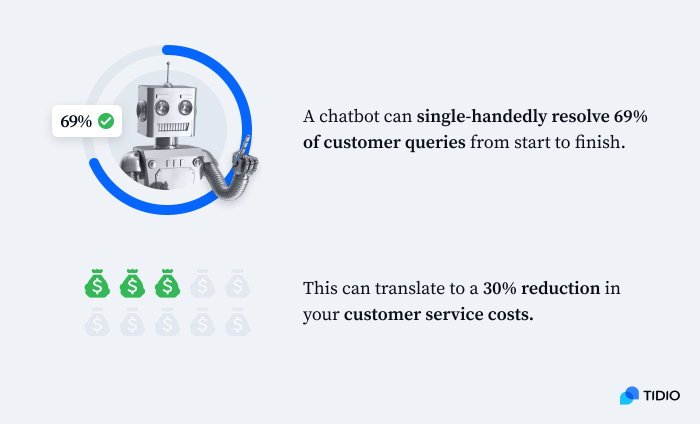
Your own custom chatbot gives you:
- Advanced automations based on any action on your website
- Deeper integration with your technological stack
- Personalized customer experiences for your audience
- More control over conversation flows
How to make a chatbot from scratch in 8 steps
Follow this eight-step tutorial that will guide you through the process of selecting the right chatbot provider and designing a conversational flow.
Step 1: Give your chatbot a purpose
Identify what you want your chatbot to do. The more specific you are, the better.
You can start by asking yourself a few questions:
- What are you building the chatbot for? Customer support automation, improving customer experience, or lead generation? Or maybe, all of the above?
- What are your most popular customer use cases? Look through your queries and outline a few examples.
- What is the main feature of a chatbot that you would find helpful? Answering questions on autopilot? Routing the questions to the support team? Saving abandoned carts, or qualifying leads?
Once you have the answers, it will be much easier to identify the features and types of chatbots you’ll need.
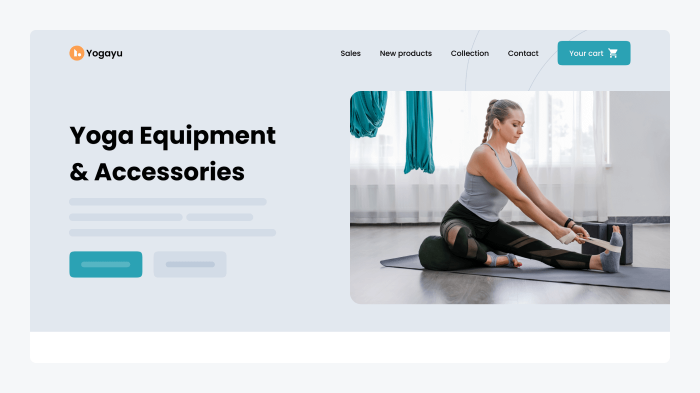
You want to create a chatbot that will collect customers’ emails, so you can send them updates about sales and new products.
Step 2: Decide where you want it to appear
What is your main communication channel? Do your customers contact you mainly on social media or via a live chat widget on your website?
Either way, check whether the chatbot platform of your choice integrates with the tools you already use, so you can serve your customers where they are at:
- Your website. The majority of chatbot building platforms offer integrations with popular website providers such as WordPress, Magento, or Shopify.
- Your social media channels such as WhatsApp, Facebook Messenger, Instagram, or Telegram.
- Other messaging platforms and tools you have in your stack (such as Slack).
- Alternatively, check if you can configure the integration yourself via code snippet or an open API.
Many chatbot development platforms offer multiple integrations, so you can use chatbots across many channels.

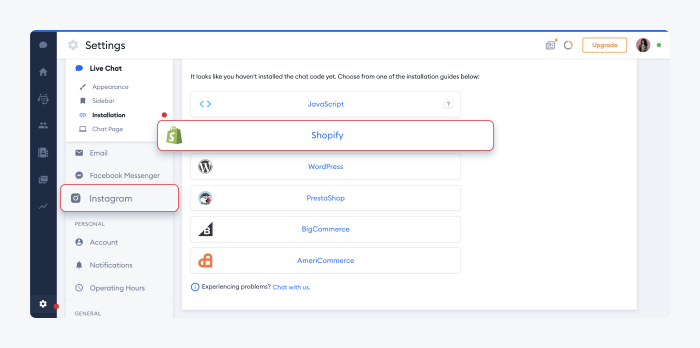
Read more
Discover how to install Tidio on your website and how easy it is to launch Instagram chatbots.
Step 3: Choose the chatbot platform
Now that you know what chatbot variants you want to create and which channels you want to cover, it’s time to choose the provider.
You have two options: the framework or the platform.
- AI frameworks. Chatbot frameworks (such as Google’s Dialogflow, IBM Watson, or Microsoft Bot) act as libraries for software developers who then build the chatbots by coding.
- Chatbot platforms. They provide easy-to-use chatbot builders that enable you to create a chatbot with building blocks. They are growing in popularity because building the bots with their help is much easier and less time-consuming while providing comparable results. Not to mention that some platforms, like Tidio, provide forever-free plans!
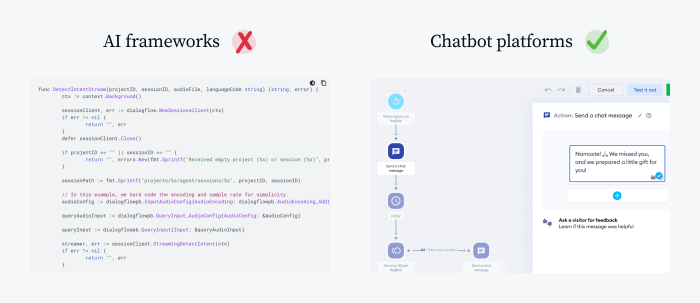
You would like to avoid coding and hiring developers, so you go for a chatbot platform instead of an AI framework. Additionally, chatbots of this type are made for ecommerce. They can resolve typical customer service scenarios out of the box.
Once you pick your provider, it’s time to register, log in, and get to work.
Step 4: Design the chatbot conversation in a chatbot editor
You can build the conversation flow by dragging and dropping building blocks, so they create a sequence. Let’s assume you want to give a product discount to users who enter a specific landing page of your yoga accessories shop and collect their emails in return.
To start, log in and go to the bot builder. Begin with the trigger—a condition that makes the chatbot send a welcome message. If you want the chatbot to appear on a specific landing page, start with a Visitor opens a specific page node.
Then, type in the message you want to send and add a decision node with quick replies. Set messages for those who want a discount for your product and those who don’t.
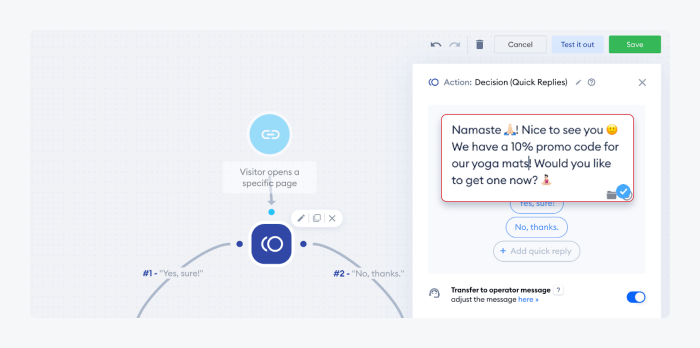
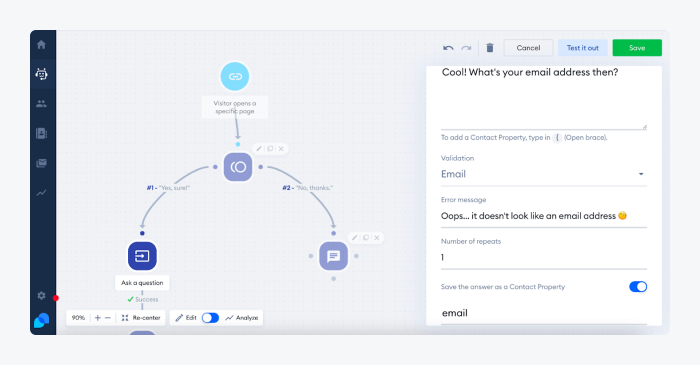
Congratulations! You just designed your first chatbot.
